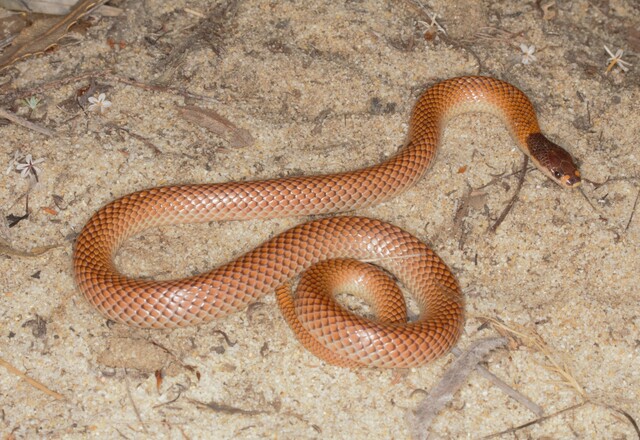The depletion of non renewable resources associated with traditional construction methods has brought about some lateral thinking on the issue of building materials. In Tasmania’s Derwent Valley, the first house constructed of straw bales has just been completed.
Alan Humphries, Derwent Valley Council’s Building and Plumbing Control Officer, said that the processing of building applications with alternative methods of construction was freed up with the introduction of the Building Code of Australia (BCA) in 1996.
“Many people feel Councils are unnecessarily negative about proposals for alternative building forms,” he said. “This Council felt the development of new housing forms would assist owner builders and help create interesting new housing.
“Every owner should have the right to build their own home, particularly when they are serious about trying to find materials that are renewable resources.”
He said if sufficient evidence proves the construction will be sound, there was no reason it should not go ahead. Advocates of straw argue that the material, a waste product of grain production, is inexpensive and a good replacement for timber which is declining in quality. It is also a readily renewable resource.
Furthermore, they argue that, contrary to popular myth, straw is fire resistant because oxygen supply is restricted inside the tightly compacted bales. Importantly, it has good insulation properties.
Wood, metal or masonry frames support the roof which can be erected prior to the walls being constructed. This prevents moisture damage during construction. The bale walls are plastered or stuccoed on both the interior and exterior. The walls are resistant to vermin infestation and moisture intake.
“It is important to have wide overhangs and good damp coursing,” Alan Humphries said. Council has prepared clear guidelines for people wanting to use alternative forms of construction.
For further information contact Alan Humphries, telephone (03) 6261 0700.







